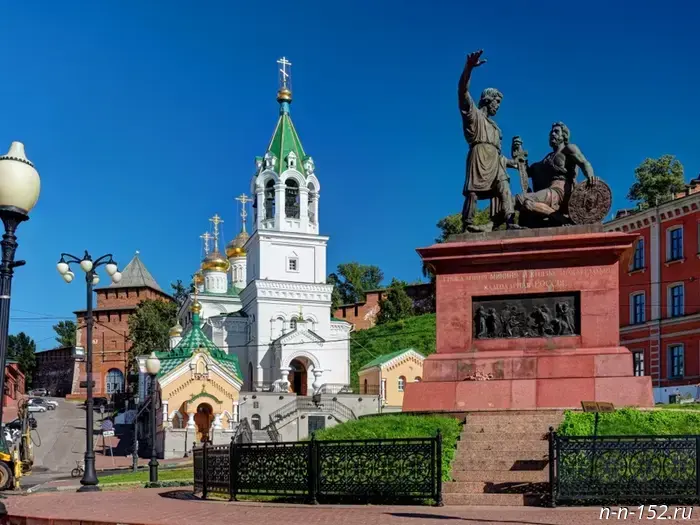
Monitoring Expert from July 25 to August 1, 2025, by ANO "Minin-center"
Experts of the "Minin Center" analyze the events of the past week affecting the socio-political situation in the world, Russia, and the Nizhny Novgorod region, which reveal long-term trends. The topics this week are: "There is a high likelihood of escalation in the Ukraine conflict in the near future," "The Governor of Nizhny Novgorod presented a report for 2024," and "Development of the system for training international specialists in the Nizhny Novgorod region."
Federal theme – There is a high likelihood of escalation in the Ukraine conflict in the near future
Minin Center expert, Associate Professor of IMOMI at NNGU named after N.I. Lobachevsky, Ph.D. in history, Sergei Krivov, notes that several events related to the Ukraine conflict have occurred recently.
"First of all, Donald Trump announced the reduction of the 'Putin ultimatum' from the previously stated 50 days to 10-12 days, later clarified to a ten-day period. According to the US president, if there are no advances in diplomatic resolution of the Ukrainian conflict, the US will impose 100% tariffs on countries and corporations purchasing Russian energy resources. This refers to so-called 'secondary sanctions,' aimed not at the sanctioned country itself, but at its potential trading partners. This announcement aligns with the broader change in rhetoric from the White House, which has become more anti-Russian and at times reminiscent of narratives from the Biden administration. Unlike the previous administration, contacts with agencies like Roscosmos and NASA continue."
Unusual statements also came from Serbia, which expressed readiness to join anti-Russian sanctions in exchange for joining the EU. Talks about Austria abandoning its neutrality policy and prospects of joining NATO have also become quite concerning.
Finally, Ukraine has stepped up attacks on critical Russian infrastructure, including aviation and railway transport. On July 27, designated as Russian Navy Day, a record number of UAVs (51) were launched over Leningrad Region, including the upgraded baseline model An-196 "Lutiy" with a 75 kg explosive charge, essentially serving as the main strike force for such attacks on Russian rear infrastructure. The nature and coordination of these strikes suggest possible involvement of third countries, at least for reconnaissance and target designation. The refusal to hold a naval parade in St. Petersburg citing security concerns is indicative, but in reality, it may signal a sharp escalation in the Baltic region, especially around Kaliningrad. NATO exercises involving minelaying in the Gulf of Finland and similar Baltic Fleet activities are ongoing. Notably, the defense functions of Kaliningrad shifted from the Baltic Fleet to the newly formed Leningrad Military District for the first time since the USSR's collapse—a likely reaction to regional tensions related to the ongoing Special Military Operation. Some experts speculate that the Baltic region may serve as a distraction for Russia from offensive actions elsewhere. The mass UAV strikes could aim to divert PVO forces from border regions and there were reports of possible provocations by RDK formations (recognized as a terrorist organization in Russia) in Kaliningrad, akin to the events in Belgorod.
Nevertheless, it is plausible that these events indicate a high probability of Russia attempting to shift towards peace negotiations for the first time since February 2022. As previously forecasted, a real negotiation agenda may form no earlier than autumn. The main factor is the deteriorating front situation for Ukraine: on July 31, Russian troops fully control Chasiv Yar, a city on the dominant height relative to Ukraine's third line of defenses (Pokrovsk-Mirnograd-Konstantinovka-Druzhkovka-Kramatorsk), creating a basis for the fall of these urban centers shortly. Russian forces have already encircled parts of Pokrovsk by gradually severing it east and west, and capturing the small town of Rodynske north of it will effectively encircle the entire Pokrovsk-Mirnograd agglomeration. Around Kupiansk, the Dvurechensk bridgehead on the left bank of the Oskol River has essentially led to the city's semi-encirclement. Finally, fighting for Stepnohirsk near Zaporozhye threatens to make bridges over the Dnipro vulnerable to Russian drones within weeks, drastically disrupting logistics in the south.
However, the most significant recent events have taken place in Kyiv, where protests erupted against authorities' actions regarding anti-corruption agencies such as NABU. Although these protests, dubbed the new Maidan, have not been officially politically military, it is important to understand some features: such protests are staged and coordinated by internal opposition or external actors. Any such protest could be considered treason or betrayal of national interests during hostilities. Ukrainian politicians are unlikely to risk anti-war slogans for fear of being labeled Kremlin agents. Conversely, the scale of protests suggests a lack of control by the Presidential Office and possibly indicates societal fatigue with the wartime situation and disbelief in political goals.
In this context, we may see the first signs in autumn of the West and Russia approaching each other on Ukraine. It is plausible that Russia’s demand not to join NATO will be complemented by Kyiv’s rejection of the EU, which has shifted into a de facto military-political alliance. Unfortunately, escalation risks remain high, including attacks on critical infrastructure. Nonetheless, ongoing developments point to an active negotiation process, focusing on real conditions rather than demands.
Regional theme – The Governor of the Nizhny Novgorod region presented a report for 2024
Expert of the Minin Center, senior researcher at IMOMI NN of N.I. Lobachevsky University, Ph.D. in history, Alexander Sorokin, notes that on July 31, Governor Gleb Nikitin presented a report on the socio-economic development of the region for 2024 to the regional Legislative Assembly.
"The report included data on achievements and challenges within the regional government’s efforts across various parameters. It is worth noting that the 2018 Strategy for the Socio-Economic Development of the Nizhny Novgorod Region until 2035 declared as its main goal: to become a new global development hub, attracting high-quality human capital and realizing the creative, spiritual, and intellectual potential of people; to be among Russia’s leading regions in contributions to national wealth and scientific-technological progress."
Based on this document, Nizhny Novgorod maintains its longstanding Soviet-era traditions of scientific and technological development, consistently ranking among the top five regions in the country.
It leads in the share of internal investments in research and development within gross regional product, with a significant lead over other regions. Regional organizations and enterprises have recently spent about $1.5 billion annually on R&D, employing over 40,000 scientific personnel.
According to Nikitin’s report, the region ranks first in the effectiveness of measures supporting the IT sector, and in software development and IT export volumes, it is second only to Moscow and St. Petersburg.
Another key area is the development of effective demographic policies, since without it, human capital cannot be developed. There is positive dynamics: in 2024, the Five-Year Family Initiative was announced, and several measures were adopted within the national "Family" project.
The region has created a full digital ecosystem for families, from a hotline to an online calculator that quickly identifies available assistance programs. These are unique practices in Russia, implemented by the regional Demographic Development Institute.
Attention should also be drawn to the pressing issue of KRTP (comprehensive territorial development). On 35 approved sites, plans are underway to build 27 kindergartens and 6 schools funded by investors, which is a positive development for new microdistricts, where residents require full infrastructure.
The growth of the Nizhny Novgorod economy is primarily driven by the defense-industrial complex, enabling positive GDP growth for the fifth consecutive year. The industrial support system is operational: in 2024, the Regional Industrial Development Fund was recapitalized with 500 million rubles, and 55 enterprises received preferential loans through various programs, doubling funding compared to 2023. The comprehensive approach placed the region second nationwide in industrial policy effectiveness, a highly positive indicator.
In conclusion, despite objective problems such as Western sanctions, high refinancing rates, and tight monetary policies, the region manages to maintain or increase its high positions across various sectors, offering new tools for social support and development that meet current needs.
Regional theme – Developing the system for training international specialists in the Nizhny Novgorod region meets the region’s actual needs in international cooperation
Expert of the Minin Center, director of the Center for Oriental Studies, associate professor of international journalism at NGLU named after N.A. Dobrolubov, Ph.D. in history, Eradzh Boyev, notes that the results of the first season of the "Nizhny Novgorod Region Internationalists Club" project demonstrate high youth interest in careers related to international relations.
"It should be noted that for several years now, various projects have been implemented in the region to familiarize students and schoolchildren with the basics of diplomacy and international activity. For example, since 2021, high school students from different municipalities participate in the 'School of the Young Diplomat named after Yuri Fokin,' carried out in cooperation with the Russian Foreign Ministry’s Representation in Nizhny Novgorod, NGLU named after N.A. Dobrolubov, NNGU named after N.I. Lobachevsky, Minin University, and the M.V. Lomonosov International School.
This year marked the completion of the fourth season of the project, with 44 students graduating. In 2024, the N.I. Lobachevsky NN State University launched the Nizhny Novgorod Region People's Diplomacy Center, established under an agreement between the regional Ministry of International and Interregional Relations and the SCO’s National Center of Folk Diplomacy in Russia. The Center’s key tasks include implementing educational programs for school students, university students, and postgraduates. An important factor in the success of these projects is that Nizhny Novgorod has a well-developed system of training future international specialists at all education levels—bachelor’s, master’s, and postgraduate—offered at NGLU and NNGU.
The formation of a pre-university system for training international specialists in the Nizhny Novgorod region aligns with the region’s actual needs, as the region actively develops international ties, foreign economic cooperation, and scientific and educational collaborations with foreign countries. Currently, Nizhny Novgorod has partnerships with 32 foreign regions from 17 countries, maintaining contacts with over 120 countries worldwide. International relations are also developing at the municipal level, expanding sister city networks. Nizhny Novgorod sees itself as a platform for large-scale international events such as BRICS and SCO forums, the "Digital Industry of Russia" International Conference, and others. The number of foreign delegations visiting the region is increasing, along with the number of missions involving government officials, business, education, culture, and science abroad. The number of foreign students studying at local universities is growing. Under these conditions, creating a regional cadre potential to meet international and intercultural communication needs becomes highly relevant.
Participants in international relations educational projects actively take part in international events as volunteers, acquiring essential professional skills.
Overall, establishing a multi-level system for training international specialists in Nizhny Novgorod involves government bodies, secondary and higher educational institutions, and volunteer organizations. The coordinated interaction of all interested parties ensures project effectiveness and practical relevance in this field."
NIА "Nizhny Novgorod" has a Telegram channel. Subscribe to stay updated on major events, exclusive materials, and timely information.
Copyright © 1999–2025 NIA "Nizhny Novgorod." Reprinting requires a hyperlink to NIA "Nizhny Novgorod." This resource may contain 18+ materials.



Другие Новости Нижнего (Н-Н-152)
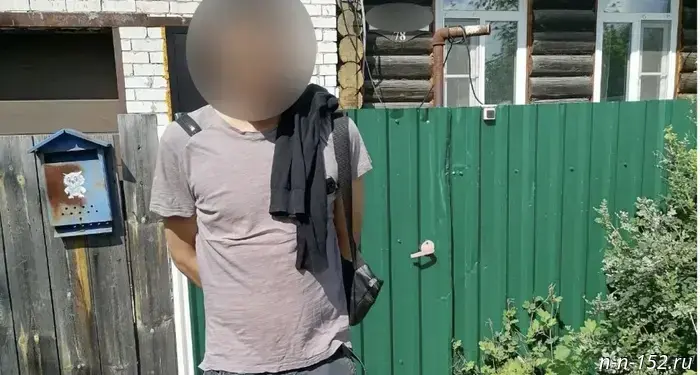 A 36-year-old thief tried to "fulfill" a childhood dream and stole bicycles from a woman in Nizhny Novgorod worth 55 thousand.
Police NO
In Nizhny Novgorod, police resolved a bicycle theft case. 01.08.2025. ProGorodNN.Ru. Nizhny Novgorod Region. Nizhny Novgorod.
A 36-year-old thief tried to "fulfill" a childhood dream and stole bicycles from a woman in Nizhny Novgorod worth 55 thousand.
Police NO
In Nizhny Novgorod, police resolved a bicycle theft case. 01.08.2025. ProGorodNN.Ru. Nizhny Novgorod Region. Nizhny Novgorod.
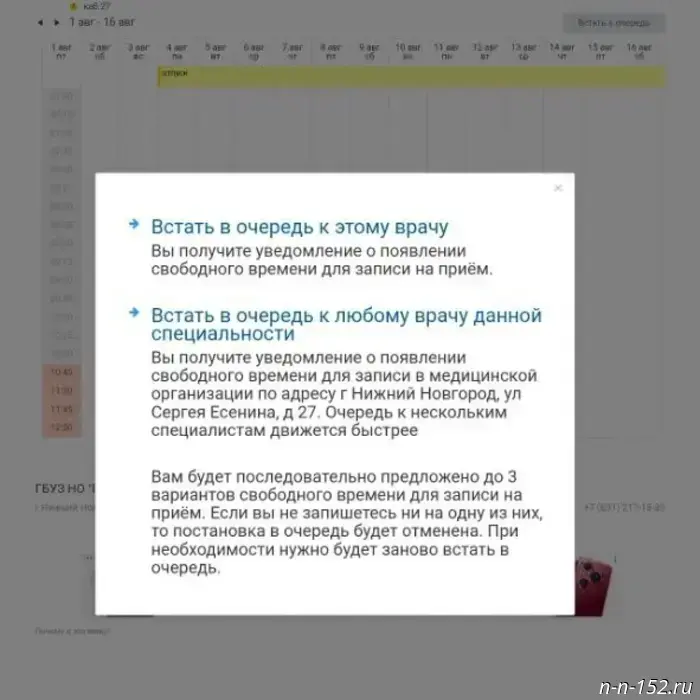 Digitalization in action: a "Waiting List" for doctors has appeared in the Nizhny Novgorod region.
Digitalization in action: a "Waiting List" for doctors has appeared in the Nizhny Novgorod region. 01.08.2025. GTRK Nizhny Novgorod. Nizhny Novgorod Region. Nizhny Novgorod.
Digitalization in action: a "Waiting List" for doctors has appeared in the Nizhny Novgorod region.
Digitalization in action: a "Waiting List" for doctors has appeared in the Nizhny Novgorod region. 01.08.2025. GTRK Nizhny Novgorod. Nizhny Novgorod Region. Nizhny Novgorod.
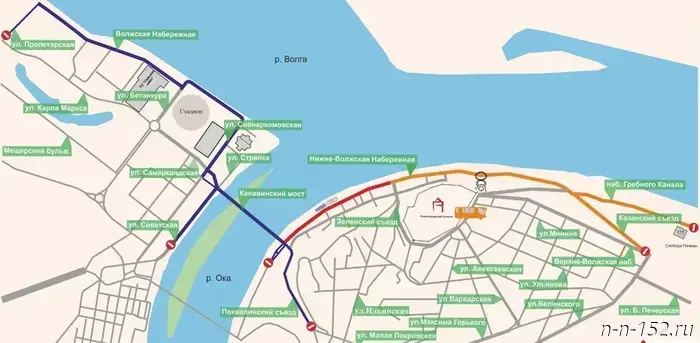 In Nizhny Novgorod, vehicle traffic will be temporarily suspended due to the organization of sports events.
In Nizhny Novgorod, from August 2 to August 3, transportation will be temporarily suspended due to sporting events:
from 07:00 on August 2 to 23:00 on August 3 – at the parking lot, July 31, 2025. Administration of Nizhny Novgorod. Nizhny Novgorod Region. Nizhny Novgorod.
In Nizhny Novgorod, vehicle traffic will be temporarily suspended due to the organization of sports events.
In Nizhny Novgorod, from August 2 to August 3, transportation will be temporarily suspended due to sporting events:
from 07:00 on August 2 to 23:00 on August 3 – at the parking lot, July 31, 2025. Administration of Nizhny Novgorod. Nizhny Novgorod Region. Nizhny Novgorod.
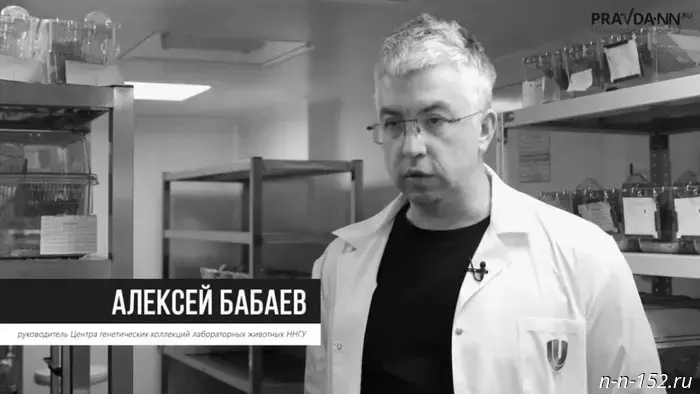 The farewell with Associate Professor Aleksei Babaev of NNGU will take place on August 3rd.
The farewell with Associate Professor Aleksei Babaev of NNGU will take place on August 3rd.
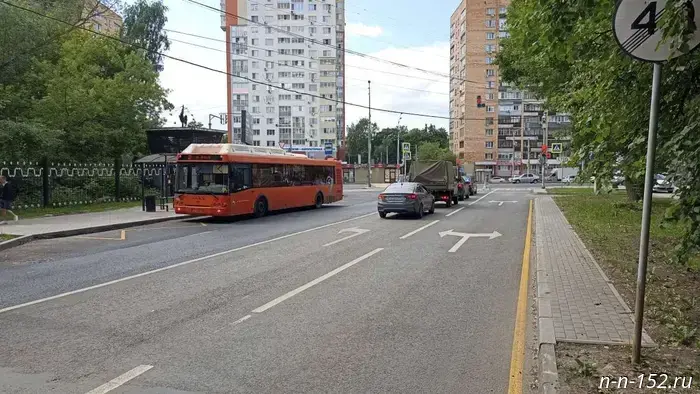 The authorities improved the traffic scheme at the intersection of Nakhimov Street and Lenin Avenue.
The authorities improved the traffic scheme at the intersection of Nakhimov Street and Lenin Avenue.
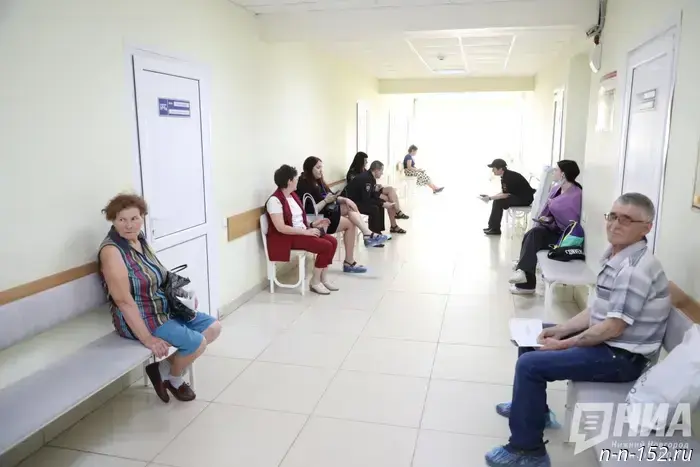 The medical station in the Sovetsky district is suspending operations for a month.
The medical station in the Sovetsky district is suspending operations for a month.
